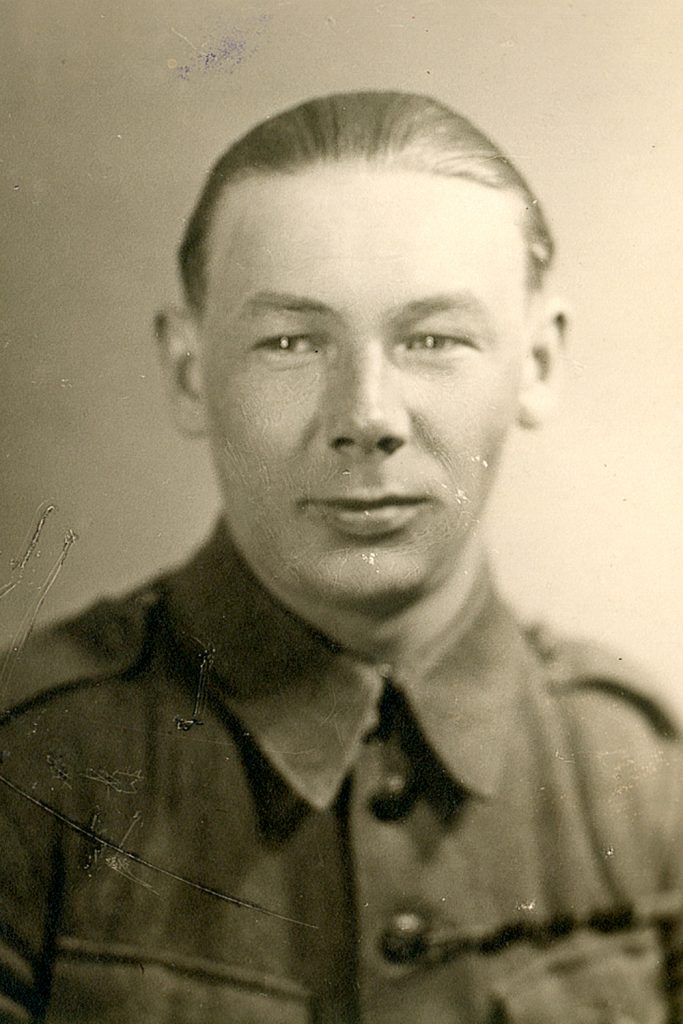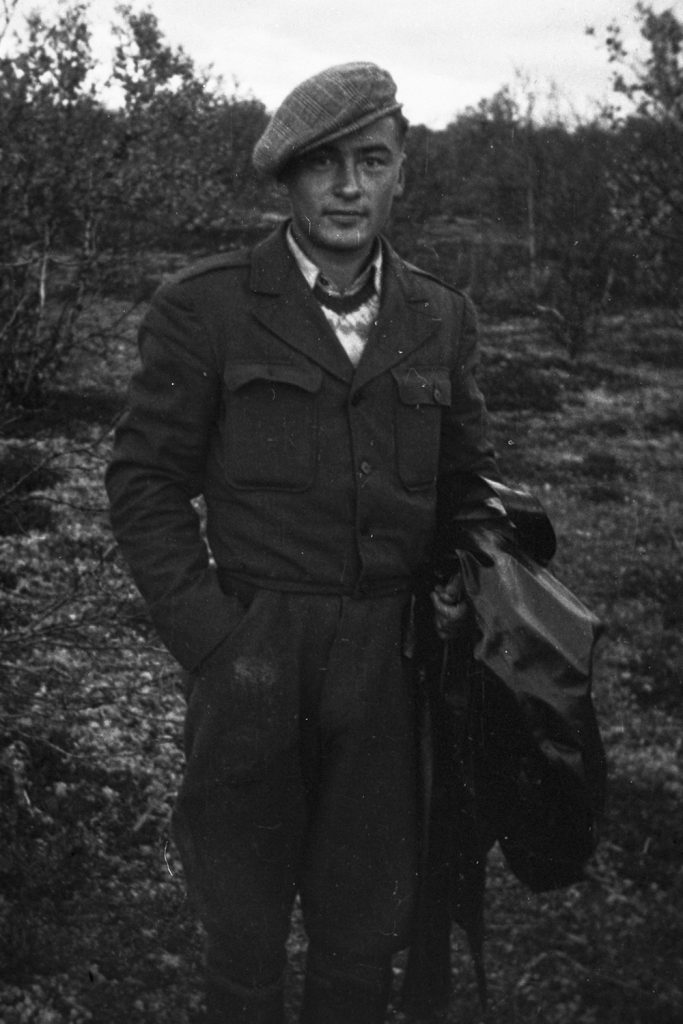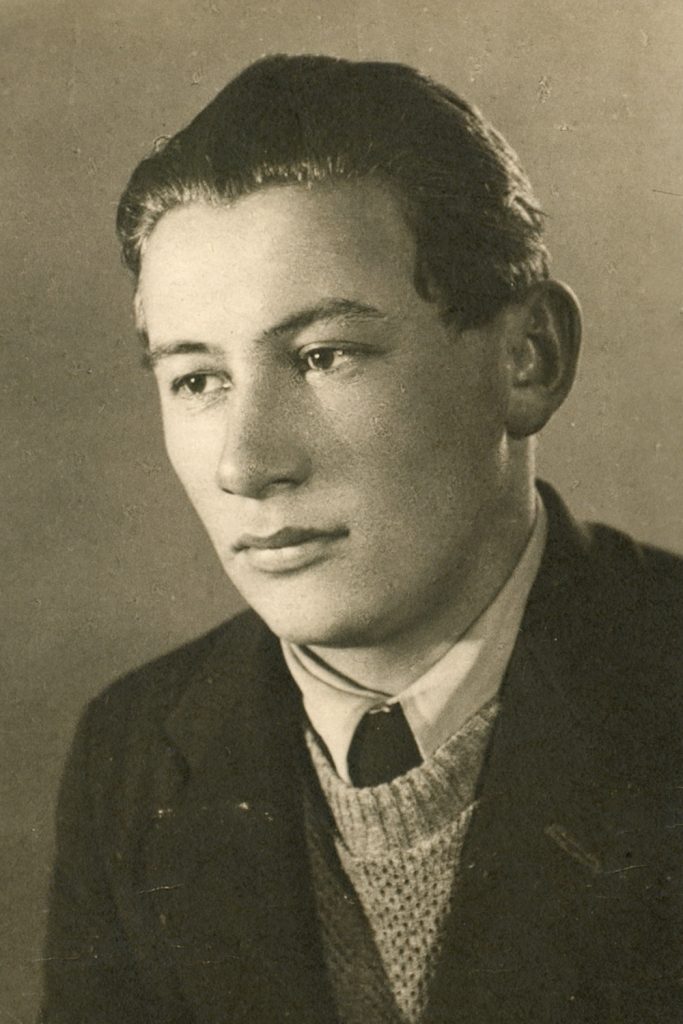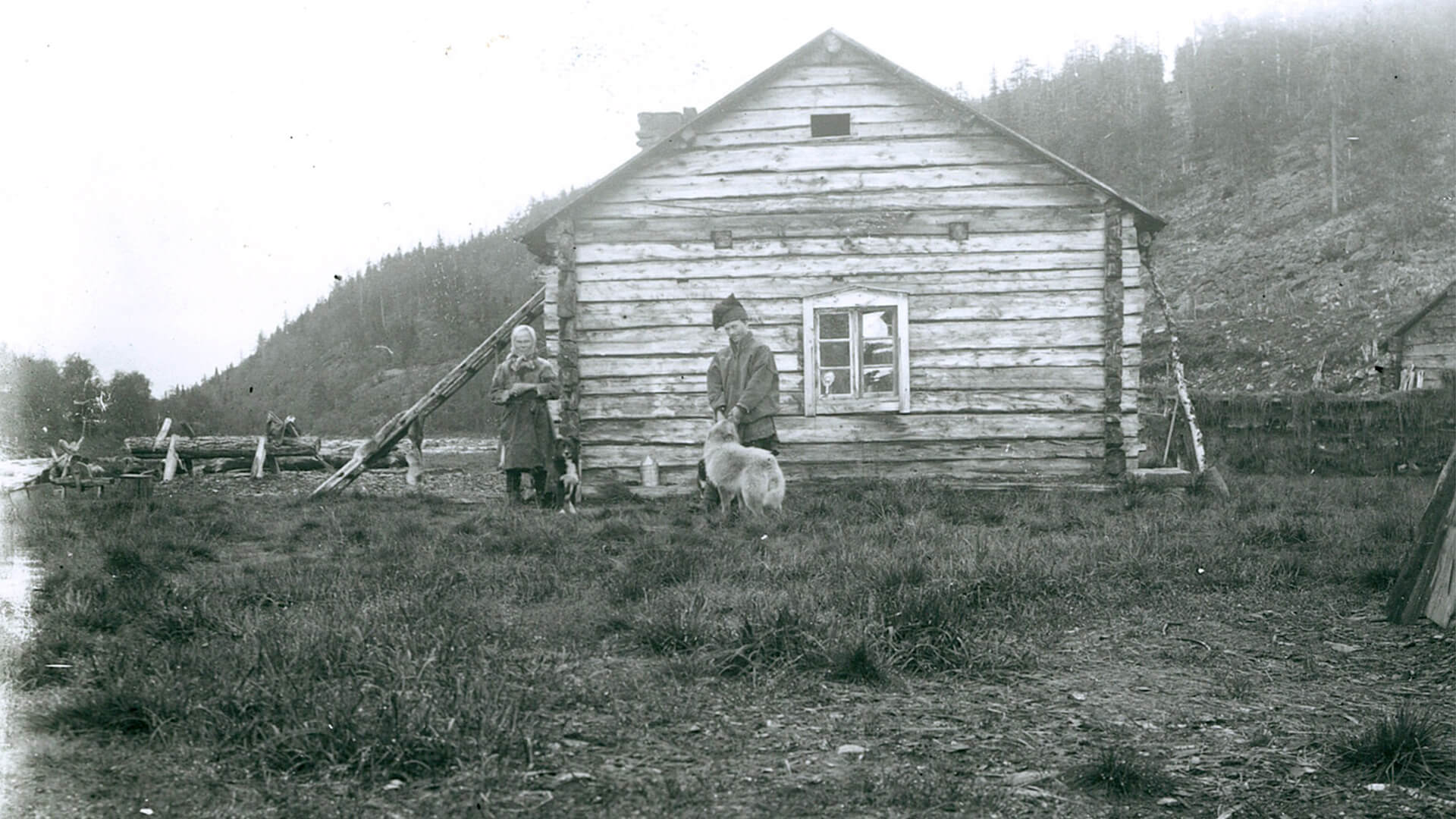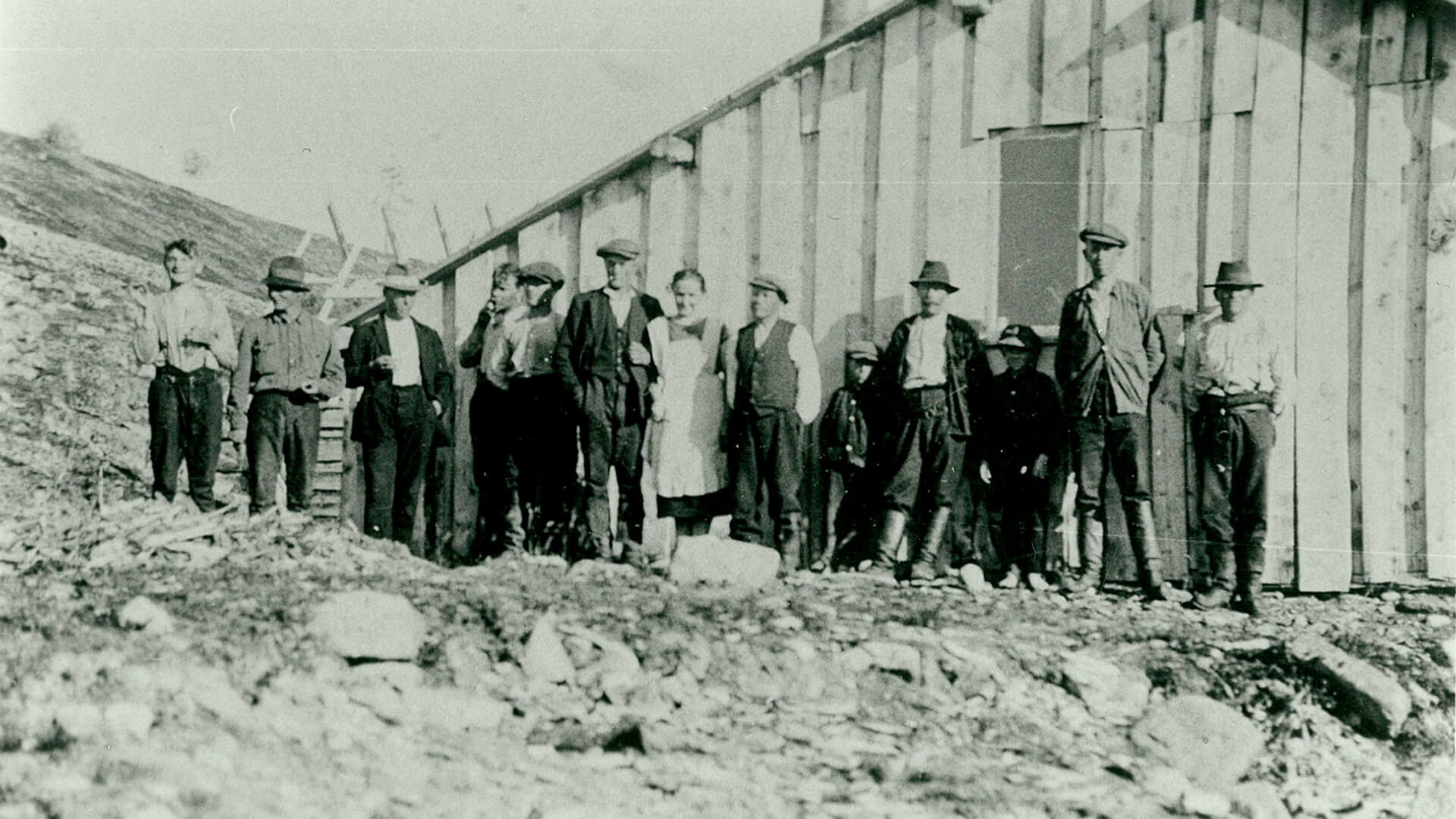- >
- Exhibitions
- >
- Online and travelling exhibitions
- >
- Legends
When talking about destinies and legends related to gold history, you can say they are as many as the amount of people in the goldfields of Lapland. However, some legends have become bigger than others. Here some examples of the legends:
In August 1945, three Sámi brothers, Uula, Niilo and Veikko Ranttila left with young men’s enthusiasm for hunting, fishing and gold searching upstream of Lemmenjoki area. The brothers were originally from the area of River Inarijoki, so Lemmenjoki area was more unknown to them. Fortunately, they knew a local who to ask directions and information – a Sámi called Kaapin Jouni. This reindeer herder was familiar with Lemmenjoki area and told the brothers about his own experiences as well as what signs to look for to find gold-rich ground. After they left Jouni’s place, the brothers were eagerly using their gold pans in various spots they had been told about. In September, they found about 30 grams of gold with their pan only, and among that were also two distinguishable bigger 3- and 5-gram nuggets. The brothers continued until the end of September, deciding to come back next summer and go on with prospecting in the same spot. In summer 1946 there were the brothers and already a couple of other prospectors as the rumours had been going around.
A Sámi man, Annan-Kaapi aka Gabriel Aikio had built himself a log house on a flat meadow by the mouth of River Appisjoki near Ivalojoki. Later, in the 1930s, he moved to Lemmenjoki as the house at Appisjoki River was too close to the river shore, under the yearly threat of floods and ice run. What was left after he moved to Lemmenjoki were the ruins of an old house and a legend about a hidden gold treasure. According to the story, Kaapi sold gold prospectors reindeer meat, other groceries and perhaps handicrafts taking the payments on gold. Just before dying, he told two of his closest family members that he had hidden the gold in an iron pot and placed it between two flat stones next to a certain path. One of them died soon to Spanish flu, but the other, Anna Paadar, found the treasure. However, she decided to leave it in its place because she was afraid of evil spirits. Later, the hiding place has usually been sought in the path leading from River Appisjoki mouth towards Ivalojoki Kultala. The story among the relatives tells the cache might be near the path that leads from River Appisjoki toward Hammasjärvi wilderness area. The treasure has not been found so far.
Lapin Kulta is nowadays best known as a beer brand, but originally the name belonged to a gold company in the 1920s. The company was founded in 1924 by a few industry Chief Managers in Tampere, Finland, and the stakeholders were ordinary people as well as well-known people with big properties. The company had big plans for the Lappish goldfields. The Managers’ mutual attempt to develop a working mining industry in Lapland in those days is a special event in the Finnish industrial history. Oy Lapin Kulta Ab made some significant investments that brought in almost nothing, and within a few years the company went bankrupt. The operations ended officially when the big CEO and commercial counsellor Rafael Haarla paid the rest of the debts in 1927. Several colorful persons worked for the company, the most known was probably Heikki Kivekäs who served as technical manager. He was a legendary foreman, trickster and adventurer.
- >
- Exhibitions
- >
- Online and travelling exhibitions
- >
- Legends

